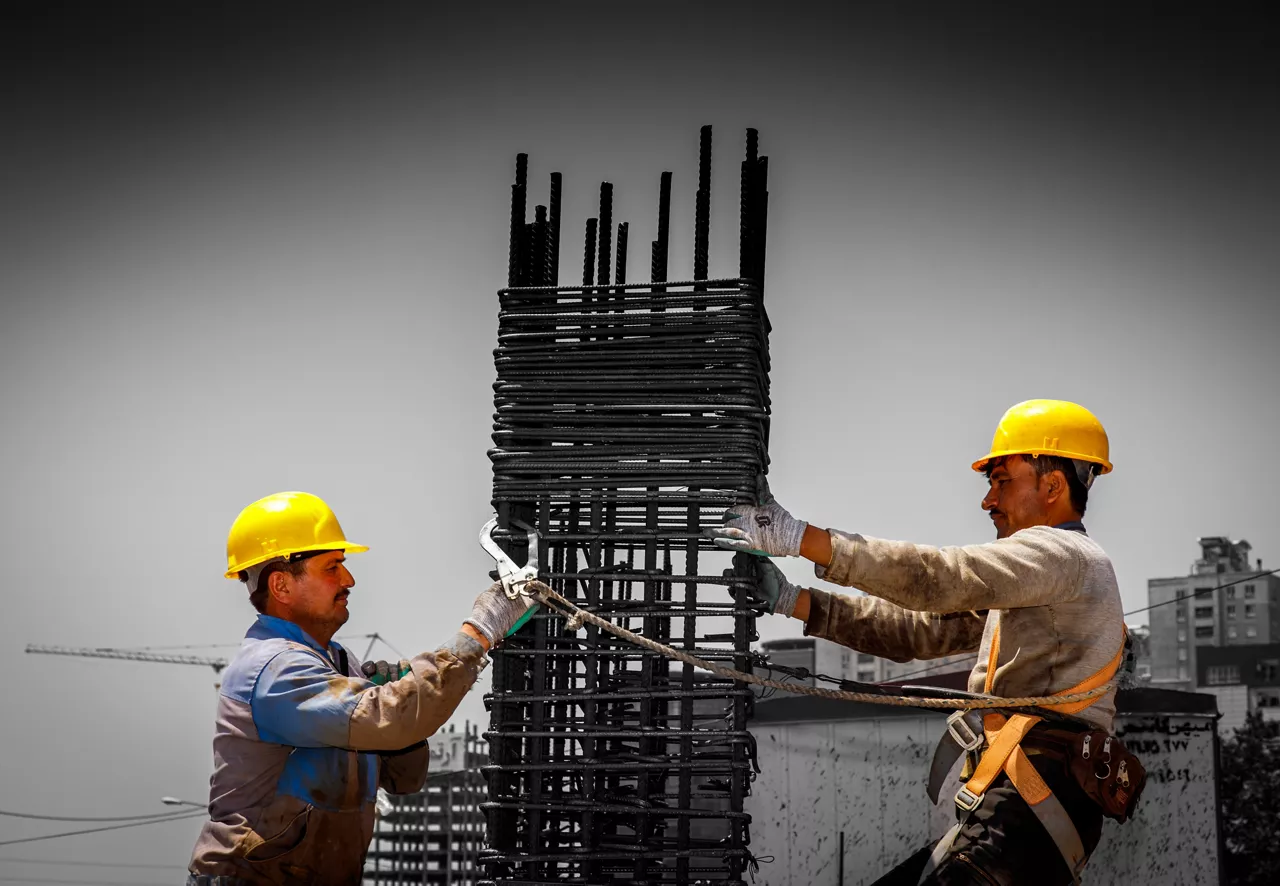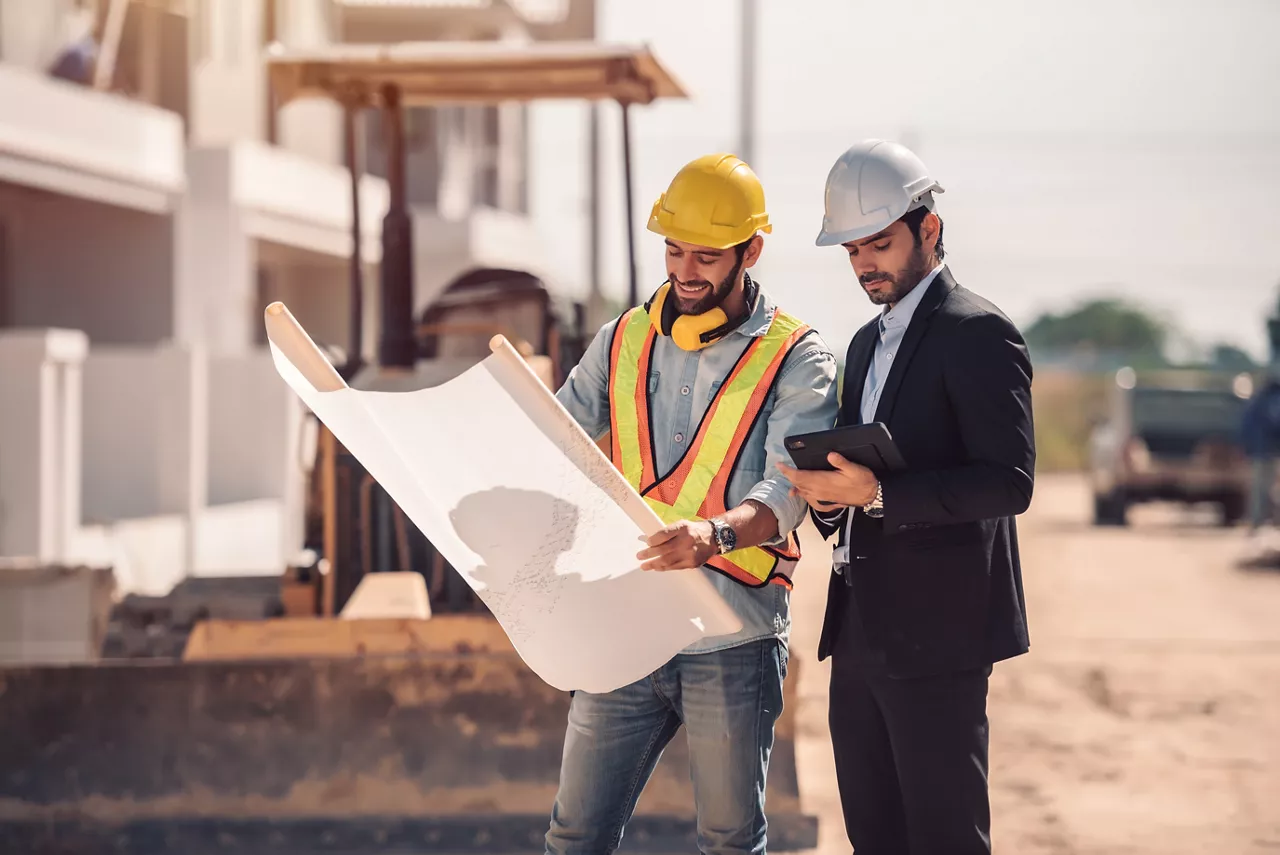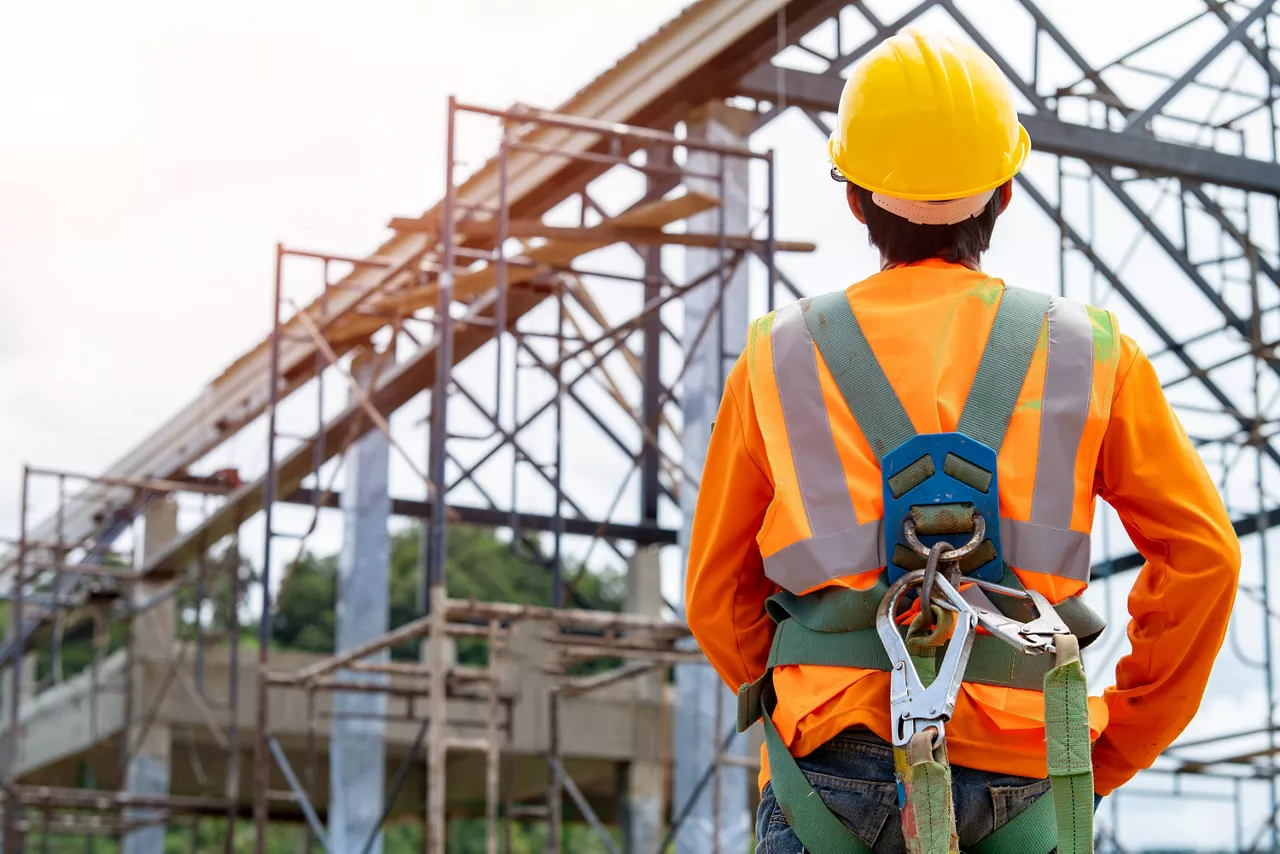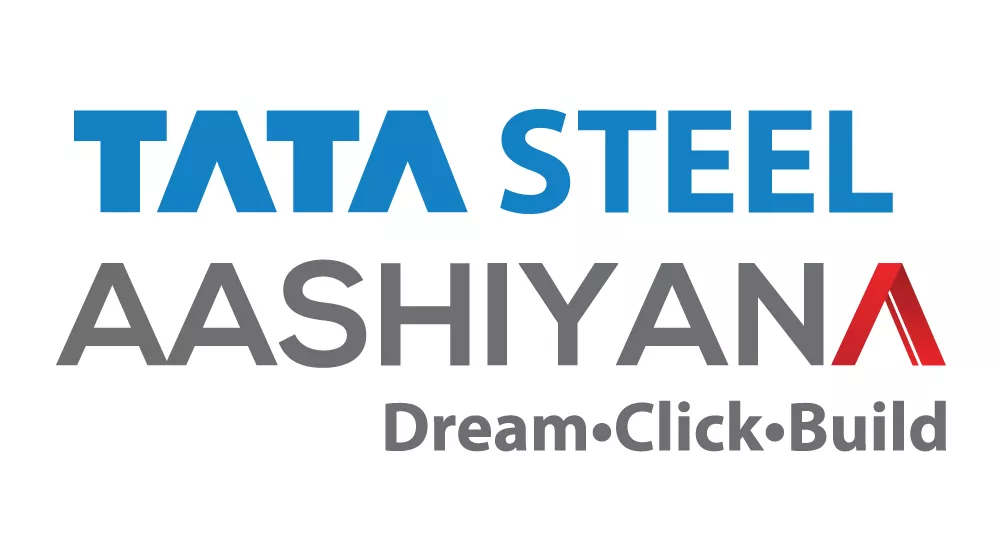
The construction industry is ever-evolving, and prefabricated construction can be traced as a catalyst in leading this change. The concept of prefabricated construction revolves around constructing elements off-site and transporting them to the site to incorporate into the project.
This innovative building method is changing our view of construction. In the last few years many professionals have started embracing this method and we are expecting a growth in prefabricated construction in the future. Hence, in this blog, we will be understanding the advantages of prefabrication.
#1 Saves time:
Construction is known as a time-consuming process; however, prefabrication increases the efficiency of the project and reduces build time. When components such as metal frames, insulated concrete panels, sandwich panels, etc, are built in a controlled environment, the process is unaffected by the on-site conditions and natural elements. Further, once a process is established, it can be replicated to produce the same results. This accelerates the process further and saves a lot of time on the construction which also leads to saving cost on labour.
#2 Improves quality:
As we discussed earlier, prefabricated construction is highly reproducible once a method is established. Since these elements are produced in factories, where professionals follow strict guidelines to reduce the scope of errors. Collectively, these factors contribute to the improved quality of the products produced through prefabricated construction.

#3 Reduces waste:
Prefabricated construction reduces the waste produced during the construction process. Automation and duplication provide the exact quantity of materials required to produce elements. Reducing errors in this process is not only beneficial for improving quality but also leads to less material wastage. Hence, many professionals prefer prefabricated construction to reduce waste.
Off-site construction offers several benefits for the environment. Firstly, it reduces site disruption, noise, and air pollution. Secondly, it minimises the impact on the surrounding area, making it a more sustainable option. Finally, it allows for the efficient use of materials and resources, resulting in less waste and a smaller carbon footprint.
The safety of workers on construction sites is of paramount concern. Often, unforeseen situations arise at the site, which leads to accidents and on unfortunate occasions loss of life. However, prefabricated construction eliminates the production from site, making it safer for everyone involved. This results in a safer working environment for construction workers.

As technology continues to grow, we can expect more advancements in prefabricated construction. In the coming years, the integration of digital technologies like Building Information Modeling (BIM) can facilitate the design and manufacturing process, improving precision and efficiency. In addition, with the constant developments in the field of robotics and automation, we can anticipate more complex designs with lower costs. Further, as sustainability becomes a global requirement, the environmentally cohesive factors of prefabricated construction will be more sought after. This method of construction also has the potential to be coupled with renewable energy sources and energy-efficient designs. Hence, prefabricated construction can be embraced as the future of the construction industry.
Professionals often prefer prefabricated stirrups by Tata Tiscon. If you want to know more about prefabricated elements made with sustainable materials check our website today!
Subscribe and stay updated!
Get all the updates on our latest articles and client stories. Subscribe now!



